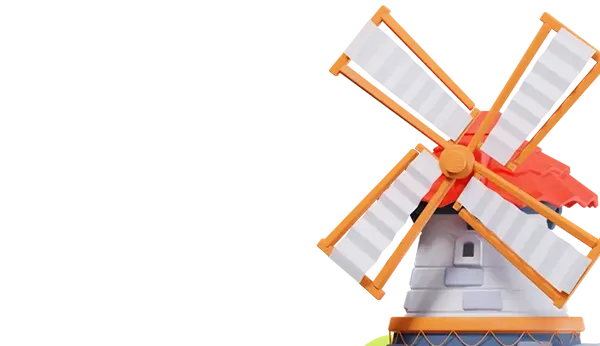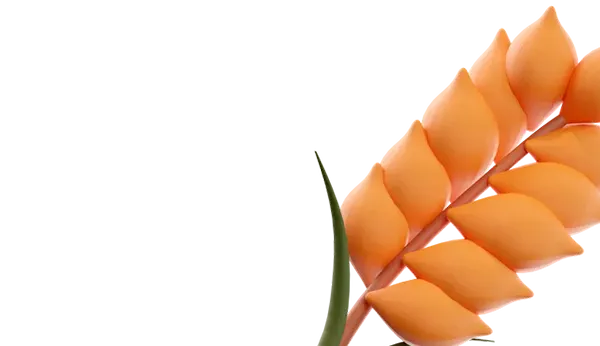Professionals from the Orenburg branch of the Federal State Budgetary Institution "Rosselkhoztsentr" (A.M. Bikkulova), the Administration of the Rosselkhoznadzor for the Orenburg region of the Russian Federation (head of the department S.V. Ryabykh), and the Atyrau regional territorial inspection of the Committee for Agriculture of the Ministry of Agriculture of the Republic of Kazakhstan discussed issues of cooperation between border regions in the field of quarantine phytosanitary control and combating locust pests.
The problem of locust insects was raised at a round table discussion called "Cooperation of border regions in ensuring quarantine phytosanitary control and combating locust pests." The key words here are "cooperation" and "border." It is only through joint efforts and harmonized actions that it is possible to solve the problem of dangerous pests. Different approaches can lead to the selection of the most effective and economically viable solutions.
Is it possible to get rid of locusts by treating them with insecticides?
Let's listen to the Russian side: the land border between Russia and Kazakhstan is 7.5 thousand km long. The longest section is in the Orenburg region and is 1,876 km long. There are three regions of Kazakhstan along the border: Kostanay, Atyrau, and West Kazakhstan.
In theory, it is possible to treat such a huge territory, but why do it? After all, there are not only locust pests there. It would be more reasonable to work with outbreaks of pests that exceed the economic threshold level. This means that if the number of pests is not large, their destruction will be ineffective and costly. Fighting them can be a "Pyrrhic victory" when the costs of pest control exceed their potential damage. Moreover, such an approach can lead to ecological risks because beneficial insects can also suffer in an attempt to get rid of locusts.
In the Orenburg region, it was found that locust pest larvae are located on 72.49 thousand hectares of land, which is 52% of the total surveyed area.
Lands with an excess of pests cover 26.06 thousand hectares and are a priority for treatment. According to the regional Ministry of Agriculture, 25.6 thousand hectares (95%) have already been treated, and specialists continue to monitor the treatment.
As a result of the round table discussion, the two sides concluded an agreement stating that cooperation will continue to improve the effectiveness and promptness of combating locust pests.
Chronology of Events
Locust insects are known to develop in stages 3-4 of age, and sometimes larvae of age 5 can also be found. Locusts go through several stages of development: larvae of the first five ages do not have wings due to their biological characteristics. They only gain the ability to fly after reaching the 5th age. The beginning of swarming is expected at the end of June - beginning of July with high daytime temperatures.
During the survey, clusters of swarming locusts were found, larvae of age 1-2 were found in the Adamovsky district of the Orenburg region on an area of 25 hectares (the outbreak has already been eliminated), as well as in the Svetlinsky district on an area of 60 hectares (the outbreak has also been eliminated).
On Sunday, June 23, 2024, representatives of the Ministry of Agriculture of the Orenburg region, specialists from the Federal State Budgetary Institution "Rosselkhoztsentr", Rosselkhoznadzor, and representatives of Kazakhstan conducted a joint survey of the border areas of the Orenburg region - Akbulak, Sol-Iletsk, and Belyaevsky districts, where locusts had not been previously detected. The survey results confirmed that these territories remain free of particularly dangerous pests.















